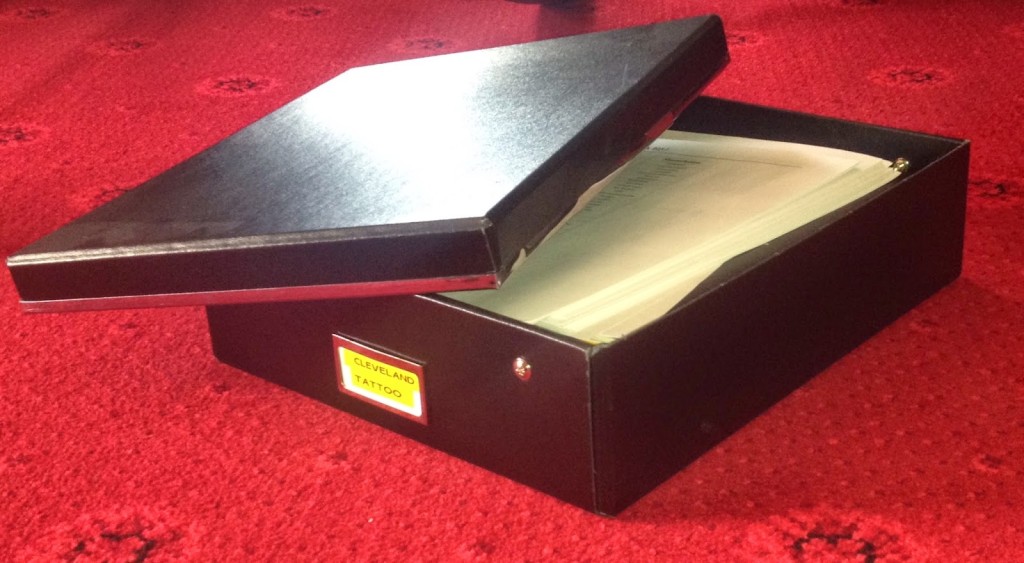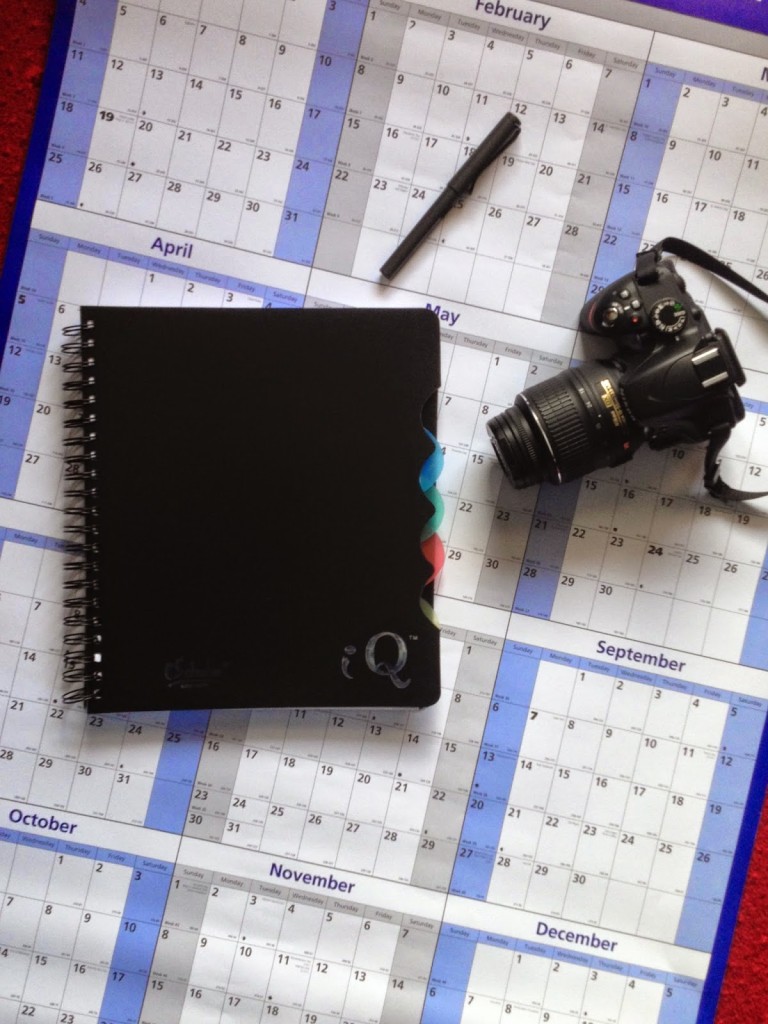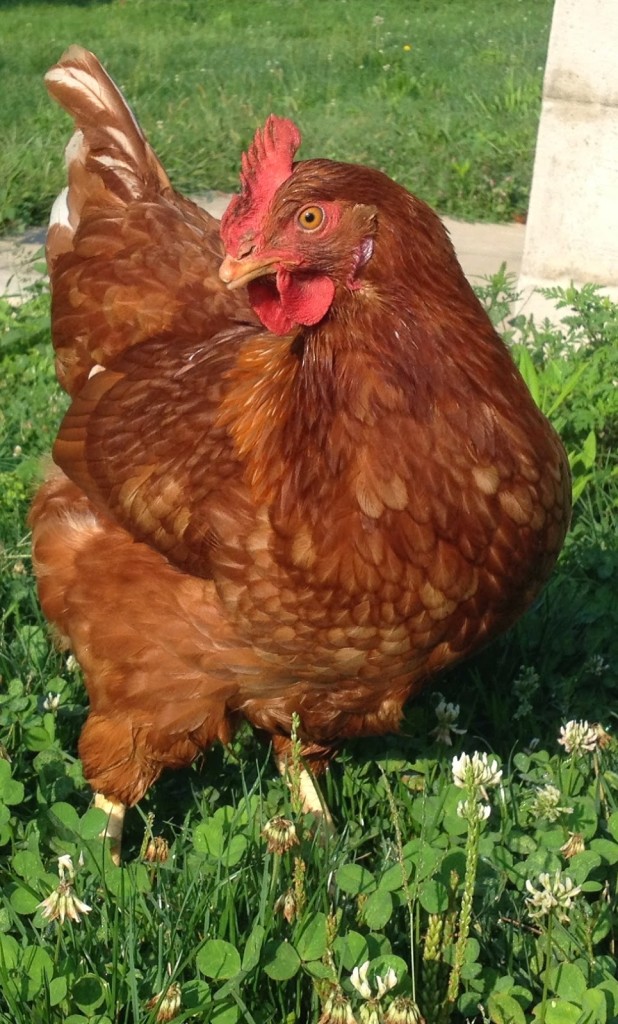It is not uncommon for me to have at four or five writing projects in progress. The gift of ADHD means that I always have projects. Some are large, long term projects such as developing my editorial calendar, manuscript drafts and edits, others are short such as website content and blog posts, and some fall in between, think short stories and journal articles. Although I love the reminder feature on my Google calendar, as a visual person I have difficulty conceptualizing time when it is represented by little boxes on a computer screen limited to a one month view.
 |
| Click here for my post on Creative Acts and Self Care |
I need to see it all. My solution is a twelve month wall calendar. I like a Write on/ Wipe off type, ever so helpful if deadlines, or project details change.
I know some people are able to just work on one thing, and then move on to their next project, but my mind does not work that way. I need to be able to move to a different project when I get bored with what I am working on, and want to start something new (because new always feels good), going back to another project gives me the same feeling of doing something different, and yet it propels me forward in that task so in the end it all gets done.
 |
| Click here for my post on using flat files to keep my big projects organized |
I also make notes in each file, listing the next steps to complete the project. For example, word count goals, scenes left to write or rewrite, necessary research, lists of of photographs/ images needed, correspond with a co-author, conduct an interview, follow up on an email, etc. I make these notes at the end of the manuscript and/or on the outline. What, no outline? Read my post about outlines here. Outlines really are helpful.
I started keeping my Next Steps List when I was working on my master’s thesis. It kept me on track so I could finish my thesis on time, using every second of time I had to work effectively.
A Next Steps List helps in three ways:
1. You know what you need to do next to move toward completing your project and can get right back to work after a break in writing, invaluable with limited writing time.
2. A Next Steps List clears your brain so you can move on and work on other projects without the distraction and worry that you are forgetting something.
3. Crossing out tasks as you finish them is a visual reminder that you are making progress. A visual reminder of your progress helps maintain motivation on long projects.
In addition to my other writing projects, I write this blog and am starting another in February. (Stay tuned for details). If you are a blogger, or want to be one, the best thing you can do for yourself is to create an editorial calendar. An editorial calendar is simply a calendar that you use to plan posts that you want to write, give them publishing dates and plan your posts. Keep it loose, give yourself permission to change what your post is about if you don’t want to write about that topic that week. Your editorial calendar allows you to plan in advance, gives you a place to park all your ideas for posts, and keeps you focused on your goals for the blog.
Most writers deal with deadlines, family obligations, work, holidays, and travel. Having a long term plan will help you stick to your writing schedule, turn projects in on time, and increase your productivity. Make a plan. Hatch your dreams. Keep writing.


